Neuroplasticity
Neuroplasticity, also known as brain plasticity or neural plasticity, refers to the brain's ability to reorganize itself by forming new neural connections throughout life. This process allows the neurons (nerve cells) in the brain to compensate for injury and disease, and to adjust their activities in response to new situations or changes in the environment.
Types of Neuroplasticity
There are two main types of neuroplasticity:
- Synaptic Plasticity: This type of neuroplasticity involves changes in the strength or efficiency of synaptic connections between neurons. It is the basis for learning and memory.
- Non-Synaptic Plasticity: This type of neuroplasticity involves changes in the structure and function of neurons, such as the growth of new dendrites or the formation of new synapses.
Mechanisms of Neuroplasticity
Neuroplasticity can occur through several mechanisms, including:
- Long-Term Potentiation (LTP): A persistent increase in synaptic strength following high-frequency stimulation of a chemical synapse.
- Long-Term Depression (LTD): A persistent decrease in synaptic strength following low-frequency stimulation of a chemical synapse.
- Neurogenesis: The process by which new neurons are generated in the brain.
- Pruning: The elimination of unnecessary or unused synapses and neurons, allowing for more efficient neural connections.
Factors Affecting Neuroplasticity
Several factors can influence the extent of neuroplasticity, including:
- Age: Neuroplasticity is more pronounced in younger individuals but can still occur in adults.
- Environmental Enrichment: Exposure to stimulating environments and experiences can enhance neuroplasticity.
- Physical Activity: Regular exercise has been shown to promote neuroplasticity.
- Learning and Memory: Engaging in activities that challenge the brain, such as learning a new skill or language, can promote neuroplasticity.
Implications of Neuroplasticity
Understanding neuroplasticity has significant implications for various fields, including:
- Education: Recognizing the brain's ability to change and adapt can inform teaching strategies and educational interventions.
- Rehabilitation: Neuroplasticity plays a crucial role in rehabilitation following brain injury or stroke.
- Neurological Disorders: Research on neuroplasticity may lead to new treatments for neurological conditions such as Alzheimer's disease and Parkinson's disease.
Study Guide
To study neuroplasticity, consider the following key points:
- Define neuroplasticity and describe its significance in brain function.
- Understand the different types of neuroplasticity and their mechanisms.
- Explore the factors that influence neuroplasticity and their implications for human health and behavior.
- Discuss the practical applications of neuroplasticity in education, rehabilitation, and the treatment of neurological disorders.
Additional activities may include reviewing case studies on neuroplasticity and conducting research on the latest advancements in the field.
.◂Biology Worksheets and Study Guides High School. Photosynthesis and respiration
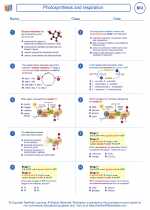
 Worksheet/Answer key
Worksheet/Answer key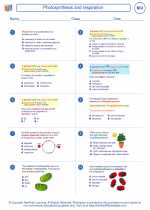
 Worksheet/Answer key
Worksheet/Answer key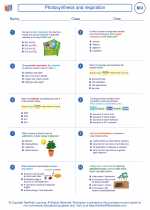
 Worksheet/Answer key
Worksheet/Answer key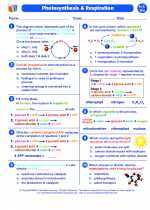
 Vocabulary/Answer key
Vocabulary/Answer key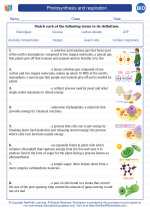
 Vocabulary/Answer key
Vocabulary/Answer key
